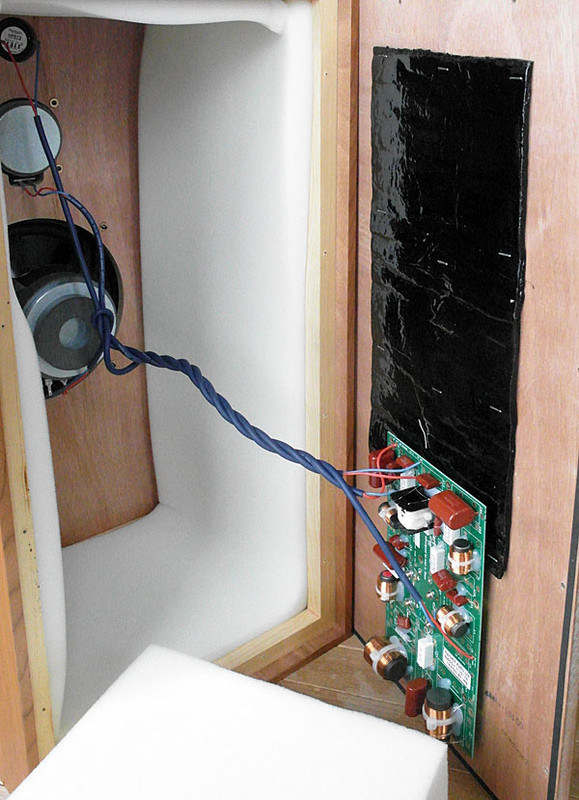I agree. One of the reasons why small plastic monitors sound horrible, even though their measurements might be acceptable. One of those smallish is sitting near me - JBL Control 1 Pro. No serious listening is possible with this thing.
Well, that specific JBL is one of the worst measuring so far...
Not a complaint but I was chatting on the phone yesterday to a good friend who is an engineering consultant designing drive units and complete loudspeakers for OEMs.
He does this from fEA of the structure of drivers, magnetic circuits and cabinet. He then builds and measures prototypes.
He had told me around 20 years ago that a superbly engineered cabinet with modest but properly engineered drivers sounded better than SOTA drivers in a poor cabinet.
He confirmed that this is not evident from measurement but is listening. He had built prototypes to test this.
He calculates cabinet emission at the design stage and measures it using laser vibrometer on the prototypes and calculates the cabinet sound radiation. Any is bad but is not separated from the overall sound of the speaker during any normal measurement of the speaker.
I would say all the best sounding (IMO) speakers I have heard are those where a lot of engineering effort has gone into minimising spurious radiation from the cabinet, not surprising in the case of large ones when one considers how much bigger the area of the cabinet is than that of the driver cones.
Hmm well while that sounds intellectually appealing, isn't much of what we've been discussing with regards to the spinorama and speaker measurements that audible resonances will show up in a spinorama? I.e. A speaker can have a super resonant cabinet but if the resonances are EQd out, they shouldn't be audible? I've seen no evidence to the contrary so far., even though it seems to me like a non-resonant cabinet makes sense. On the other hand, for a passive system, designing a cabinet to resonances will undoubtedly help achieve a flatter response.
Still, it's interesting how different companies approach cabinets. Perhaps an interesting case study can be seen with Q Acoustics, which seems to be particularly focused on this issue. Their flagship bookshelf speaker has a ridiculously thick cabinet made up of three layers of MDF, separated by a non-setting gel that further dampens vibrations. Then they have a stand designed to further minimize any extraneous radiation. They talk about their approach to reducing resonances at length in their
white paper (PDF). Subjectively, I thought the Concept 300 were some of the best speakers I heard last year, but that was not in my own home.
It's interesting is seeing how two of their cheaper models measure. The 3020i and Concept 20 are two similarly sized models that seem to use very similar drivers, if not identical ones On the whole, they measure
very similarly, showing very similar trends .
But while the 3020i mainly uses bracing to reduce resonances, the Concept 20 (the precursor to the Concept 300 above), uses two layers of MDF and one of the non-setting gel. You can see that the two speakers measure very similarly, but the Concept 20 is clearly cleaner.
Of course, some of that smoothness may be due to the different cabinet shape, but the different "smoothness" of the lines is really quite notable, despite using the same measurement setup and windowing. Aside from a few high-Q differences, it almost looks as if the Concept 20 were just the 3020i with extra smoothing applied in REW

.
That leads me to believe the cabinet is the primary factor affecting their differences. While normally I'm not concerned about such little squiggles in the 3020i, one would presume the Concept 20 would sound better from these two graphs, and it does, even if the difference is subtle.

